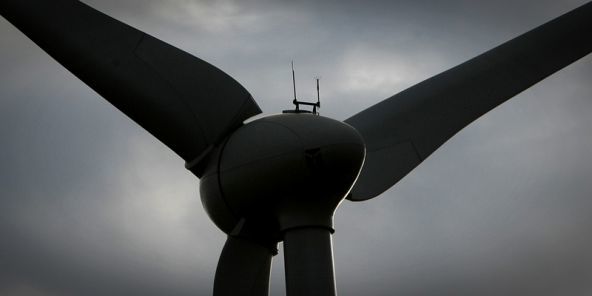Proposals for a substantial windfarm near Boarhills were dealt a heavy blow when they were unanimously rejected by councillors on Wednesday.
Members of Fife Council’s North East Fife area committee backed a recommendation from officials, in a move that will see the final decision coming through the national appeals process.
In the wake of the decision, St Andrews University stepped up criticism of Fife Council, accusing it of mishandling the application and misleading councillors.
The university, which wants to eventually generate all of its own energy, envisages six turbines standing 100 metres high at blade tip on land at Kenly Farms.
The application had a stormy ride through the planning process, attracting almost 569 representations, of which 372 were objections. The debate attracted a strong campaign of opposition and objectors have expressed delight at the decision.
On the other hand, the university, which had some 200 letters of support, described Fife Council’s handling of the application as ”months of dithering”, and claimed the turbines are vital to its future.
In a lengthy and detailed report, planner Sharon Dorward said the proposal involved £19.1 million of capital investment, with a possible £10.8 million contribution to the Scottish economy.
Potential GDP impact for Fife would be £7.1 million, and for the East Neuk area it would be £0.6 million.
She also said, however, there would be a significant alteration to landscape character, and impact on historic settlements including nearby St Andrews.
”While the proposal would provide economic benefit and would assist in meeting the overall Scottish government energy targets given the significant shift in energy production objectives towards renewable sources, this does not outweigh the significant detrimental impacts identified,” she said.
She also said no information had been provided by the university to clarify how the turbines would be connected to the national grid. The nearest sub-station, she said, is approximately 5km away, in St Andrews, and any above-ground cables would involve pylons.
In terms of the effect on St Andrews, the official said Scottish Natural Heritage had expressed concern over visibility of 40-metre turbine blades in views to the historic skyline.
From the West Sands, it was said, three turbines would be visible to almost full blade length above the horizon.
East Neuk councillor Elizabeth Riches summed up the mood around the committee table when she said that ”time and again” the report stated that the turbines would be too large and intrusive.
The university reacted swiftly to the decision and stated that it remained fully committed to its plans and would appeal.
”With all due respect to Fife Council, we believe there are strong grounds to show the application was mishandled and that councillors were given misleading information and advice,” said a spokesman.
”This is a £20 million development which will create and safeguard local jobs in Fife and generate clean power to support world-leading teaching and research.
”It is disappointing that a local authority charged with a leading role in economic development does not appear to have considered these factors in making its decision.”
The Kenly Landscape Protection Group stated: ”Elected members have unanimously endorsed the professional opinion of planning officers and SNH, and the views of local communities, and the university now has an opportunity to respect the democratic process and give up on this inappropriate application.
”Only then will it be able to begin to rebuild community relations with the people of East Fife and Fife Council.”
